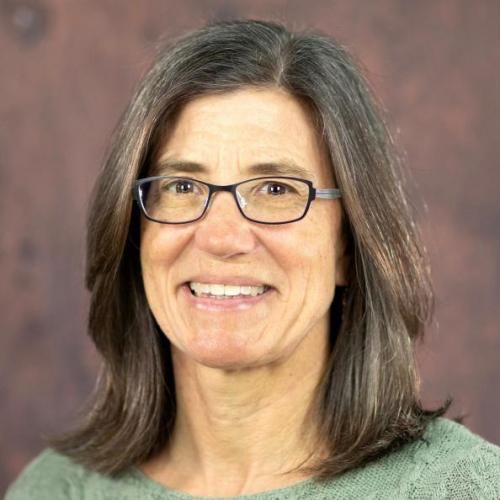Controlled spatio-temporal heating patterns using a commercial, diagnostic ultrasound system
Thermal ultrasound therapy is being investigated as a non-invasive surgical tool with applications in soft tissue tumor and cardiac ablation; as a method for hemostasis; and in the control of thermally-activated drug delivery vehicles. The success of localized ultrasonic thermal therapy depends on image guidance, typically done with a separate imaging transducer, but alignment of these transducers is challenging. A system capable of both functions would be ideal. However, the inherent tradeoff between image quality and power output presents a challenge for dualfunction probe design. A Siemens Antares scanner and CH62 transducer (fc=4.4 MHz) were employed to investigate the feasibility of using a modified, commercial diagnostic ultrasound system to combine B-mode, Doppler guidance, ARFI imaging, and therapeutic thermal applications. Custom pulse sequences were designed to transmit high intensity pulses down a single line of flight using different pulse lengths, amplitudes, PRFs, and F/#s for therapeutic purposes. These sequences were delivered to ex vivo porcine muscle through a waterpath to the focal point, where a type T thermocouple was positioned at the water/muscle interface. Transducer surface heating was monitored in separate experiments for these sequences by centering a thermocouple on the surface of the transducer. The porcine measurements were compared with analytic solutions to the bio-heat transfer equation and FEM models. Transmit parameters were evaluated to determine the optimal sequencing approach for different thermal therapies. Temperature rises of 28.6 ± 1.2°C for ∼50 ms were regularly achieved on the surface of the porcine muscle with damage to the transducer only after several repetitions. Temperature measurements at the focus were made for increasing durations of insonification and were consistent with the bio-heat transfer equation solution (neglecting perfusion). These temperature rises suggest the feasibility of using this system for creating HIFU lesions and aiding in drug therapy treatments. However, these experiments do not incorporate perfusion effects or, more significantly, attenuation of intervening tissue which will be encountered for most in vivo applications and will therefore require increased acoustic output. Thus, passive cooling modifications are being explored to decrease transducer heating while maintaining good image quality. © 2005 IEEE.


